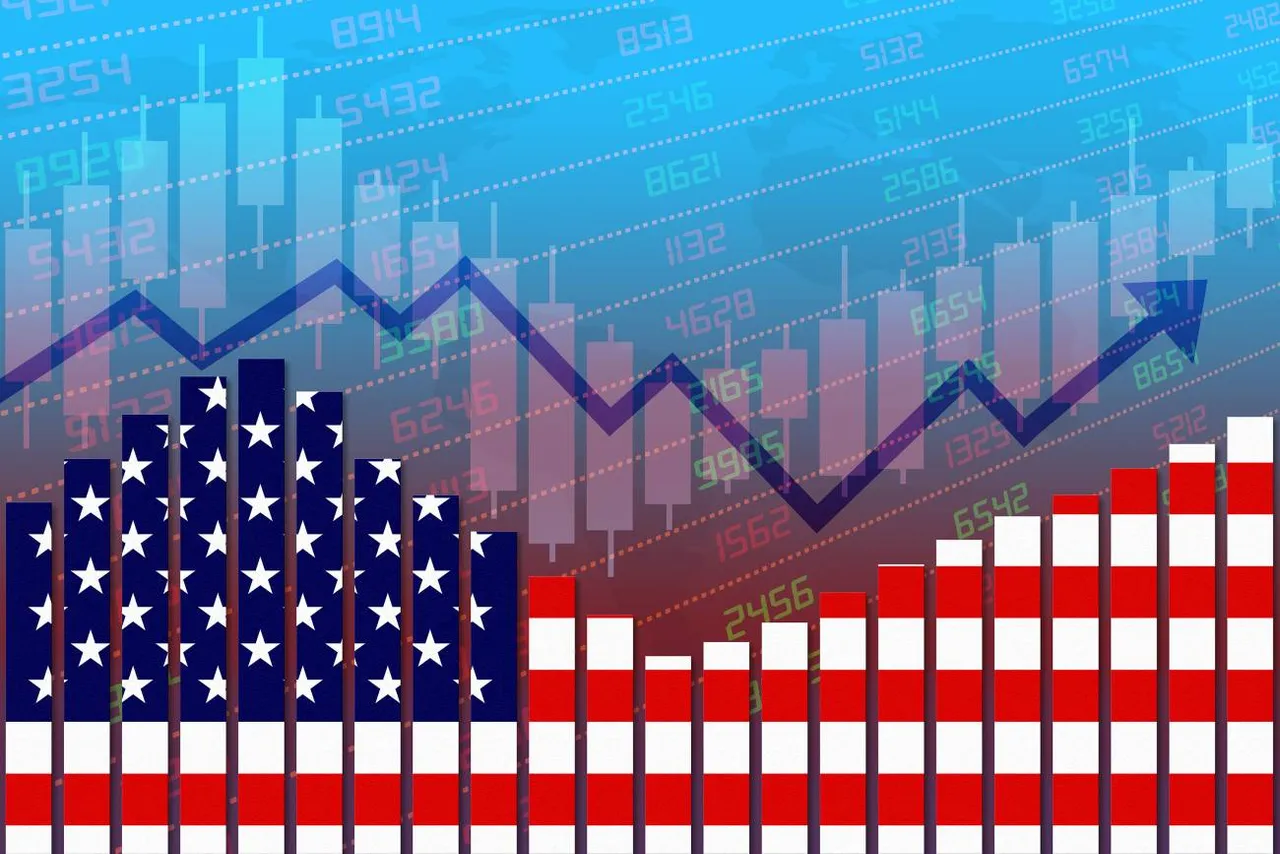Since February, consumer prices in the U.S. have been moving at a modest pace, and the latest data for May confirms that trend. According to the Bureau of Labor Statistics, monthly inflation came in at just 0.1%, with the annual rate holding steady at 2.4%. While these figures may appear reassuring at first glance, market sentiment tells a different story so this is far from business as usual.
Although job numbers in May showed slight improvement, revisions to March and April figures revealed hidden cracks in the labor market. In a more typical economic environment, this combination of tame inflation and softening employment would prompt the Federal Reserve to cut interest rates in order to stimulate growth. But global uncertainty especially around trade is making such decisions far more complex today.
Tensions between the U.S. and China continue to cloud the outlook, even though both sides have publicly committed to honoring previous agreements. President Trump’s tariffs, which now amount to a hefty 55%, remain a heavy burden on American importers. The fact that markets like the S&P 500 fell despite these reassurances suggests that investors are increasingly skeptical about trade deals holding up.
This trade volatility also casts doubt on the reliability of economic data. Some analysts believe the impact of tariffs may take several months to fully register in consumer prices, making it risky to assume that inflation will stay subdued.
Meanwhile, top U.S. officials have hinted at the possibility of extending the current tariff pause beyond July 9 provided trade partners show what’s being called “good faith.” The administration also insists there won’t be further changes to current tariffs, seemingly trying to calm market nerves by setting clearer expectations.
On the fiscal side, the U.S. deficit continues to widen. In May alone, the federal government recorded $316 billion in new debt. The year-to-date deficit now stands at $1.36 trillion 14% higher than last year and largely driven by rising interest payments on America’s $36 trillion debt load.
Amid all this, major voices in finance are sounding alarms. JPMorgan Chase CEO Jamie Dimon warned that the economic momentum built during the pandemic recovery is fading, making the U.S. more vulnerable to a slowdown in the near future.
Adding to the uncertainty are reports that Donald Trump may be eyeing someone to act as a kind of “shadow” Federal Reserve chair someone who, while not officially replacing Jerome Powell (whose term runs until 2026), could signal the policy direction the White House wants to see.
All in all, while inflation appears calm on the surface, the broader economic and political backdrop is anything but. Every monetary decision now comes with layers of complexity and potentially far-reaching consequences.
Source:
https://www.cnbcafrica.com/2025/good-news-on-u-s-trade-and-inflation-isnt-lifting-markets/
https://www.cnbc.com/2025/06/11/cpi-inflation-may-2025.html
https://www.reuters.com/world/us/us-consumer-prices-rise-moderately-may-2025-06-11/
https://www.reuters.com/world/us/ny-fed-finds-moderating-inflation-expectations-may-2025-06-09/
